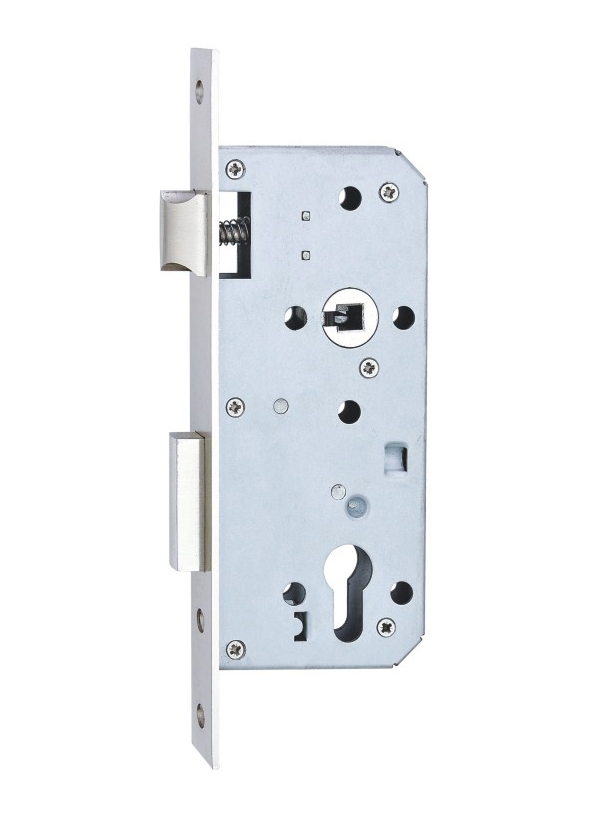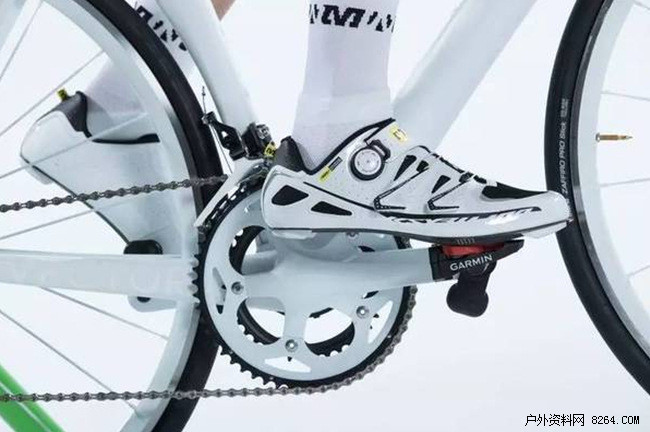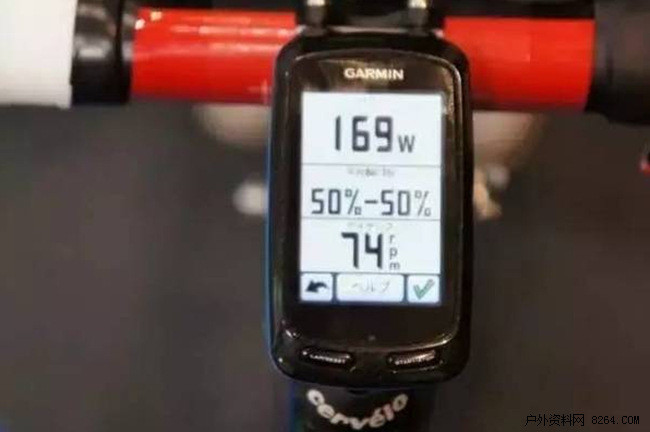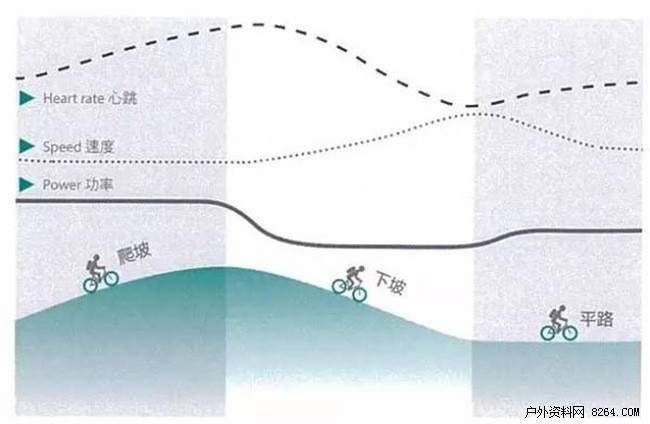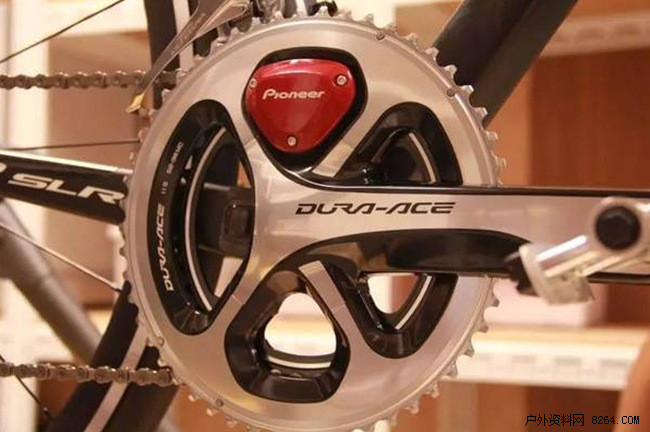What is power?
“Power†is often used to calculate the energy used by an object in a certain period of time. The international unit is Watt (W), and the name comes from the memory of the famous British inventor James Watt.
In the universe, energy will appear in different forms, and sunlight is the main source of energy in the earth, providing all animals and plants with survival. In addition to the various substances in nature, what we most often come into contact with are the various electrical appliances in the home. They convert electricity into light energy (light bulbs), heat (electric heaters), kinetic energy (electric fans), etc. Bring better quality of life. Different appliances consume different amounts of electricity (wattage) in the same amount of time. Generally, on the product label, the appliance will use several watts (in hours). The higher the wattage, the higher the power consumption. For example, a 150-litre refrigerator consumes about 400 W, which means that it will consume 400 W of electricity for one hour of opening it. A hair dryer is about 1200 W, while an electric fan needs only about 60 W. All in all, the higher the wattage required to use at the same time, the more power it consumes.
As for the power meter on the bicycle, the strain gauge is used to measure the power received. The unit is also Watt. The only source of energy that drives the bicycle is not electricity, but our legs. Humans get energy from food, and then through the body's circulatory metabolic system, these energy is converted into motion through muscles, generating power and passing it to the bicycle's foot pedal.
In simple terms, the power meter calculates the power value by multiplying the force applied to the foot pedal by the player and displaying it on the stopwatch. Therefore, if we want to output more power on the bicycle, we can achieve this by increasing the pedal force or increasing the speed of rotation. In other words, the harder to step on, or the faster the speed, the higher the power value on the meter.
To give a practical example, if the best cyclists in the world currently ride for one hour, they can output an average of more than 400W, while the washing machine that drives a home needs about 380-400W. A complete laundry process is needed. 1 hour, that is to say, the output power of the cyclist can only open the washing machine to wash clothes once.
The origin and significance of bicycle power
We all know that to make the bicycle go ahead, the first step is to step on the pedal. The greater the power applied to the pedal, the faster the bicycle will move. This is a simple truth. But think about it, how do you measure the progress of your bike? In the same route, the same distance to ride faster? Can you ride faster at the same climb? Keeping the same speed but feeling more comfortable riding? When we think about it carefully, we will find that the above is not the best way to evaluate the strength of a bicycle.
In addition to the individual ability differences of the players, the external environment is believed to be the most influential factor on the performance of bicycles, especially the invisible wind, even if riding on the same route, the difference between encountering the wind and the wind is quite large. . When the wind is downwind, you may step on a speed as close as 40 km/h. However, if you encounter a strong headwind, you will have to spend several times as much energy. The speed is only 20 km/h or so. The experienced cyclist should be clear again. However, it is. Temperature and humidity also have an impact on the performance of bicycles. Under hot and humid weather, no matter what endurance exercise is performed, it will have a negative effect. It is of course not clear that using this score as an indicator of riding ability. As far as the gradient is concerned, not to mention it, the more steep the slope is, the slower it will be to ride, so even if it is the same 10 km route, the A route is all the undulating hilly routes, and the B route is all the way downhill. Obviously you It cannot be said that because the distance between the two routes is the same, but riding on the B route is faster than the A route, progress has been made.
Since speed and time are not reliable for assessing riding ability, what is the best measure? As early as the 1980s, the German medical engineer Ulrich Schoberer developed and produced the first device in the world that can detect the pedaling force of a rider during riding, namely the “power meterâ€. Since then, this set of technology and training theory has been continuously developed and improved, which has had a huge impact on modern bicycle training.
The power meters on the market are mainly divided into four major categories: SRM market power meter (top left), ROTOR INpower shaft power meter (top right), STAGES crank power meter (bottom left) and Garmin Vector pedal power meter (lower right)
Just as a thermometer is used to measure temperature, and a weight scale is used to measure body weight, a power meter is a device used to measure power as its name implies. How much power you apply to the pedal will instantly show how much power is on the meter. .
The greater the power output, the faster the bike (in the same environment). But unlike in the past, you can now clearly get a "data". The larger the number, the greater the power. There are only data based on, want to know if they have no progress without guessing, in the same time can output 10W, on behalf of your progress 10W. In the same way, when you go backwards, the power meter will honestly use data to tell you the answer.
Lock Body
Lock Body
Finishe color: Bright Brass,Satin Brass,Antique Brass. Bright Chrome,Satin Chrome,Polished Nichkel,Satin Nickel,Matte Black,etc.
Material:zinc,iron,Stainless steel--
